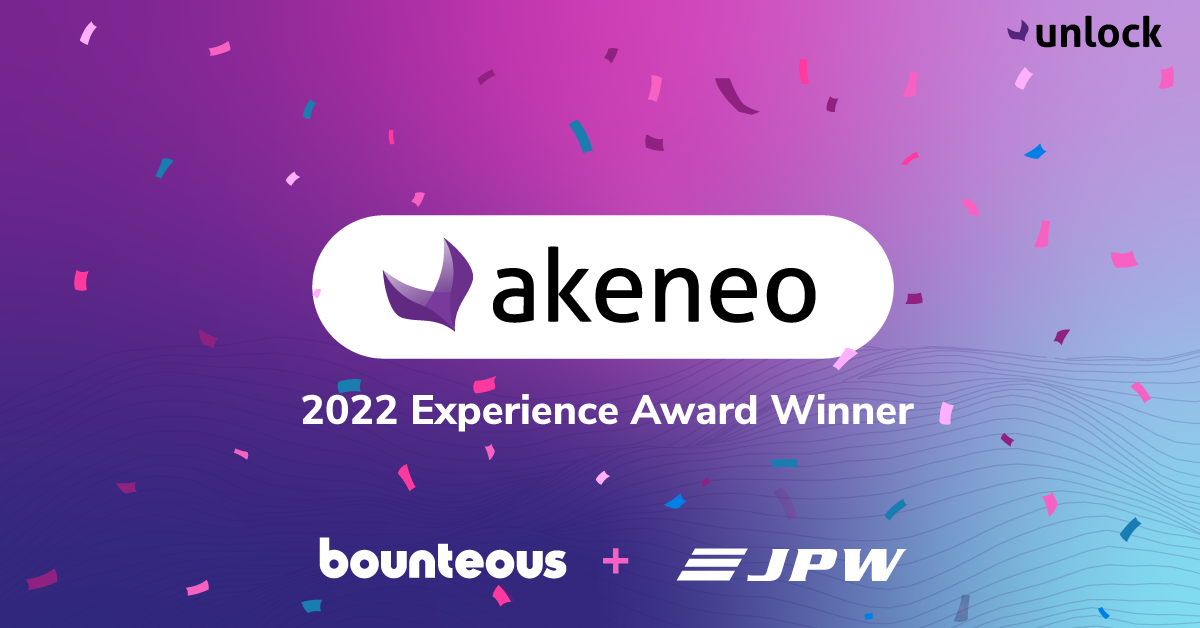Which Flavour of Akeneo is Right for You? Enterprise Versus Community Edition

So, you’ve decided to start on your Product Information Management (PIM) journey and you’re considering Akeneo. Great! Akeneo is a leading PIM that’s easy to use and a great fit for many use cases and works well for numerous types of organizations. But, maybe you’re wondering “What version do I need?,” “What’s Enterprise Edition anyway?”
Those are great questions. There’s probably a reason why you’re looking at an Open Source PIM, right? We’re here to help. I’m going to go over the major points of distinction between the two Akeneo PIM versions, Community Edition (CE) and Enterprise Edition (EE), to help you to decide what meets your needs for today and what you might need as your needs evolve and grow.
Community Edition vs Enterprise Edition
Akeneo Community Edition
Akeneo CE at its core is a very powerful and easy to use PIM that supports the most important functions of a PIM: Data Modeling, Data Governance, Data Enrichment, Data Aggregation, and Syndication. Akeneo CE supports basic versions of these functions.
Data Modeling
Families – Products in Akeneo are structured around the concept of Families. Families define the attributes a product can have based on what the product is. This helps formalize what data is needed for each product for an optimal product experience.
Product Models – When you have products that are variations of a common product (i.e. different shirt sizes) you can model those products as a parent product with all the common attributes and leave only the attributes that are different on the child products. This both strengthens Data Governance and simplifies enrichment.
Data Governance
Attributes – Akeneo supports a wide variety of attribute types that not only simplify the establishment and enforcement of Data Governance, it also makes it easier to maintain enrichment standards.
Completeness – Akeneo allows the establishment of specific standards with respect to the level of enrichment of products. This ensures only properly enriched products actually get exported from the PIM.
Data Enrichment
Easy to use Interface – A common challenge among PIM’s is that they are notoriously difficult to use. Akeneo has been built from the ground up for “Marketers First” and that shows in the simplified modern interface.
Data Aggregation/Syndication
API Driven – Whether importing or exporting data with Akeneo, there is a full-featured performant API suite to simplify many integrations to connect Akeneo to third-party systems.
Channels/Locales – Akeneo allows for the maintenance of distinct sets of attributes that relate to different data contexts and destinations. This way you can contextualize your product data for its intended audience.
Akeneo Enterprise Edition
There are many differences in functionality between the CE and EE versions of Akeneo’s PIM. The EE version supports everything that the CE version does but offers enhanced features and an entirely new set of capabilities. The most important differences relate to the key capabilities of any PIM: Enrichment and Data Governance.
Enrichment
Rules Engine – This powerful tool allows you to automate the enrichment of your product data by applying rules that can alter and assign values based on a “rule-based” logic. If you have a number of fields that are calculated, concatenated, or conditional then those attributes may be automatically enriched using the rules-engine.
Asset Management – Akeneo recently made significant improvements to its Asset Management capabilities. Not only can you store assets on products, but you can automate the assignment of assets to products which can significantly reduce the effort needed to maintain your assets. In addition, you can maintain attributes about your assets that follow the assets when they are assigned to products.
Reference Entities – It’s easy to think of this as “attributes about attributes.” Reference entities are mostly used to simplify the enrichment and management of a complex entity within Akeneo. Say, “Brand” is an attribute of your products. Normally you would need to maintain things like “Logo,” “Description,” and “Keywords,” about the brand on every product. With Reference Entities, those secondary attributes would be maintained on a “Brand” entity. This makes it easy to add brands to products and easy to update products if you need to change something about the brand.
Data Governance
Workflow – A big part of effective Data Governance is controlling how products move through the organization. The workflow capability lets you assign attributes to particular groups of users and teams. They are given control over who has access to which attributes, keeping everyone focused on what they're responsible for. It also provides visibility as products make their way through the enrichment lifecycle.
Versioning- It’s very common to need two versions of a product. Whether its updates due to manufacturing revisions or seasonal changes. Being able to control when a set of changes rolls out can be critical to maintaining a proper Product Experience.
Data Quality Insights – This feature analyzes your project information as it is in Akeneo. Then it assigns scoring based on the completeness of the product data, consistency across your product data, and how it compares to industry standards. This gives you a critical view of whether you’re meeting your targets for data quality and how it’s changing over time.
Hosting
There are some differences in how your Akeneo instance is hosted depending on your version and specific needs. With CE, you can host your instance anywhere. But, wherever you host it you are responsible for maintaining it and ensuring uptime and availability. There are plenty of hosting providers (e.g., AWS) that can handle hosting requirements if your organization doesn’t have an IT team or simply would rather outsource those operations.
With EE, in addition to opting for an On-Premise installation, you have two Akeneo hosted cloud options: Serenity (SaaS) and Flexibility (PaaS).
Serenity – Akeneo takes full responsibility for the operations of your instance. The only thing you need to worry about is the data itself. No customizations are supported with this option.
Flexibility – Akeneo takes responsibility for everything up to the “Application Layer.” This means if the Akeneo application breaks, you are responsible. With this mode you can access the server instance directly via the terminal, but you are not granted Root access to make changes. This mode does support customizations to Akeneo itself.
Support
It should be obvious that the CE version of Akeneo does not include active support. However, there is a large and engaged community where you can post questions and get responses. In addition, there is a vibrant partner community that you can use to find a Solution Partner to help support your Akeneo implementation.
With EE, Akeneo offers you full support backed by an SLA. The support covers most issues you’re likely to encounter with your Akeneo Implementation. In addition, you will be assigned a “Functional Consultant” and a “Customer Success Manager” who are charged with ensuring your successful implementation of Akeneo. Akeneo doesn’t explicitly support any customizations you may employ. That noted, Akeneo does offer technical resources that can provide guidance and direction to help you find a solution.
Updates
Another interesting thing to consider with deciding on which version is the frequency of updates:
- CE: Updates once a year (annually).
- Flexibility:Updates once a year (annually). Additional patches can be made available individually on an as-needed basis.
- Serenity: Updates monthly, with the updates automatically being deployed as they become available.
This makes Serenity an attractive option if you don't require any customizations.
Community Edition vs. Enterprise Edition: Which is Right for You?
It’s clear that going with EE provides advantages over the CE version, especially if your organization lacks a strong technology team. It’s important to conclude that you will use the EE version’s additional features to warrant the added investment.
Remember, you can always upgrade to EE when your organization is ready. Ultimately, getting started on your Data Management journey is the most important thing. You will iterate and improve as you grow.


